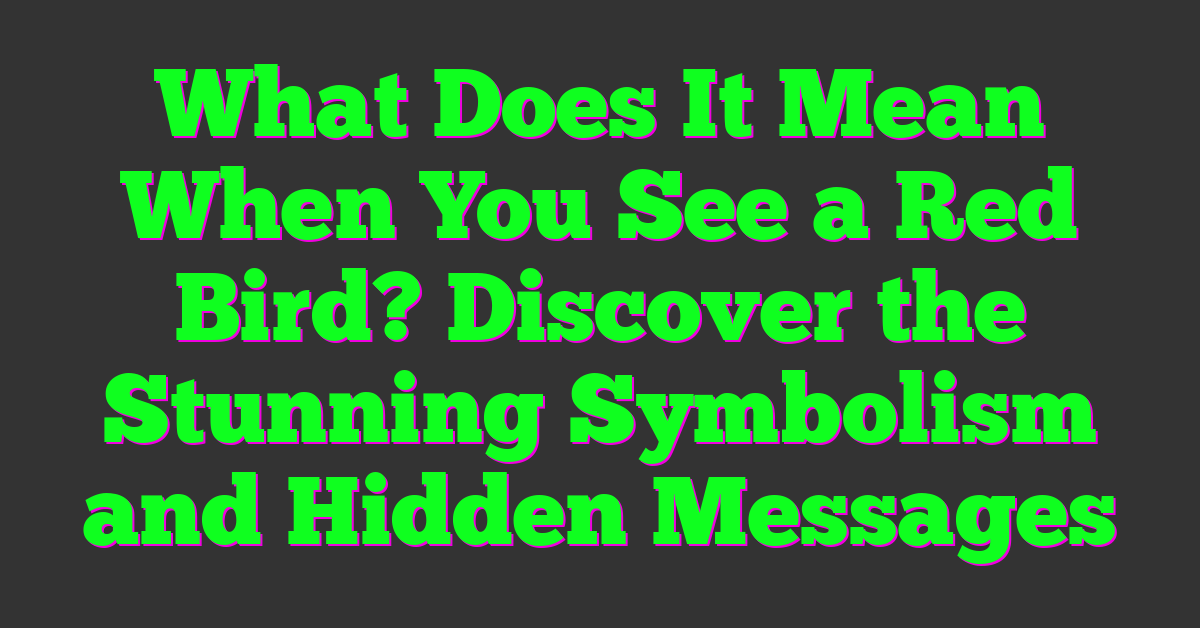Numbers often hold hidden meanings that add depth to art and design. The number 5 is no exception. It appears in countless patterns and symbols, carrying rich significance that you might not have noticed before.
When you spot the number 5 in artistic patterns, it’s more than just a shape or count. It’s a connection to nature, balance, and human experience. Understanding this symbolism can open your eyes to the stories and emotions woven into the art around you.
The Historical Significance of the Number 5 in Art
You find the number 5 woven deeply into the fabric of artistic history. Its presence shapes patterns that reflect balance, nature, and human form across time.
Ancient Cultures and the Quintuple Motif
You see 5 emerge repeatedly in ancient cultures worldwide. In ancient Egypt, the five-pointed star symbolized divine protection and the human microcosm. The Greeks linked 5 to the pentagram, a symbol of harmony and health. Native American tribes often carved five-point shapes to represent the four directions plus the spirit center, merging earthly and spiritual realms. Asian art features the Wu Xing, or five elements—wood, fire, earth, metal, water—that govern natural cycles and influence artistic symbolism. These examples show how 5 served as a universal motif illustrating balance between the physical and spiritual worlds.

Religious and Spiritual Interpretations
You discover the number 5 plays a crucial role in many religious and spiritual traditions. In Islam, 5 represents the Five Pillars—faith’s foundation expressed in daily practice. Christianity associates 5 with the wounds of Christ, symbolizing sacrifice and redemption in religious art. Hinduism celebrates the Pancha Bhoota, or five great elements, in temple designs and iconography. These spiritual frameworks embed 5 into rituals, architecture, and sacred patterns, enriching symbolic layers that you can uncover in artistic works.
| Culture/Tradition | Symbolism of 5 | Artistic Manifestation |
|---|---|---|
| Ancient Egypt | Divine protection, human form | Five-pointed star motifs |
| Greece | Harmony, health | Pentagram in sculpture and painting |
| Native American | Directions, spirit | Carvings combining physical and spiritual realms |
| Islam | Five Pillars of faith | Calligraphy, mosque architecture |
| Christianity | Wounds of Christ | Religious paintings, stained glass |
| Hinduism | Five elements | Temple carvings, iconography |
You explore how 5 not only symbolizes structures in nature and human life but also bridges visible art and invisible meanings across cultures. Recognizing these historical roots sharpens your insight into the number’s enduring power in artistic patterns.
The Role of 5 in Artistic Design Principles
The number 5 fundamentally shapes artistic design principles, influencing balance, form, and pattern in many creative works. It connects your artistic perception to universal themes of harmony and structure.
Symmetry and Balance
Symmetry and balance rely heavily on 5’s unique position between even and odd numbers. You often find fivefold symmetry in nature and design, offering stability without rigidity. This odd count allows for a central focal point with equal distribution of elements around it. In your artistic compositions, using 5 elements—such as five petals or five-pointed stars—creates a dynamic balance. This balance conveys harmony while maintaining visual interest, helping your work resonate naturally with viewers who instinctively recognize this pattern.
The Use of Pentagonal Shapes and Patterns
Pentagonal shapes and patterns harness the symbolism of 5. The pentagon and pentagram appear across cultures as symbols of protection, health, and cosmic order. When you incorporate pentagonal geometry, you tap into these deep meanings. The five-sided form embodies both physical and spiritual dimensions, representing human life and the elements. For example, the pentagram often marks five senses or five elements, linking your design to holistic concepts. Using these shapes anchors your art in a symbolic framework that transcends aesthetics, inviting viewers to engage with hidden layers of meaning.
Symbolic Meanings of 5 in Different Art Forms
The number 5 appears repeatedly across art forms, carrying symbolism that connects your perception to deeper meanings. Recognizing how 5 shapes various artistic expressions helps you uncover the intricate layers of symbolism artists embed in their work.
Visual Arts and Geometry
Shapes based on the number 5, like the pentagon and pentagram, dominate visual arts through their balance and mystique. You’ll find the pentagram symbolizes protection, harmony, and health, rooted in ancient traditions such as Greek and Egyptian cultures. Visual compositions often use fivefold symmetry to create dynamic yet stable images that attract your eye and invoke spiritual balance. For example, five-pointed stars and flower petals visually encode universal concepts like the human body and cosmic order, reinforcing your connection to natural and supernatural cycles.
Architecture and Structural Patterns
Architecture employs the number 5 to merge functionality with symbolic meaning. Structural elements like five-point arches or pentagonal layouts infuse buildings with energy that reflects harmony and protection. You may notice sacred temples and modern designs integrating fivefold patterns to channel spiritual stability and invite balance. This balance resonates with your subconscious, influencing how you experience and feel within the space, often invoking sacredness or strength without overt decoration.
Textile and Decorative Arts
Textiles and decorative patterns frequently harness the number 5 to weave symbolic narratives into daily objects. Fabrics embroidered with five-point motifs or five-part color schemes often represent unity, health, and spiritual connection. You’ll find these designs in Native American beadwork, Asian brocades, or Islamic tiles, where five-element symbolism connects earthly life with spiritual beliefs. By engaging with these patterns, your intuition senses cycles of nature and spiritual order woven into textures and colors.
Contemporary Interpretations of the Number 5 in Art
You encounter the number 5 frequently in modern artistic expressions. Contemporary artists use this number to evoke deeper meanings beyond the visible designs.
Modern Art and Abstract Symbolism
Artists today embrace the number 5 to explore balance and transformation. You’ll find fivefold motifs representing personal growth, change, and the connection between the physical and spiritual realms. Abstract symbolism often turns to the pentagon or pentagram to signify harmony amidst chaos. You recognize 5 as a bridge between the manifest and the mystical, a tool for expressing the unseen energies shaping your world. Works featuring five lines, shapes, or divisions encourage you to reflect on your inner journey and the cycles influencing your life.
Digital Art and Pattern Innovation
« You Won’t Believe How Number Symbolism Has Changed from Medieval to Modern Times
10 Surprising Secrets About Number Symbolism in Judaism That Will Change How You See Faith »
Digital creators experiment with the number 5 to craft dynamic and interactive patterns. You’ll notice five-point symmetry in designs that simulate natural rhythms or cosmic order. Technology allows you to manipulate and layer pentagonal structures, producing effects that resonate with subconscious symbolism. In digital art, 5 serves as a framework for innovation—a way to blend ancient meaning with futuristic aesthetics. By integrating this number into algorithmic sequences or fractal patterns, artists invite you to engage with the spiritual essence embedded in modern forms.
Conclusion
The number 5 holds a unique place in art, quietly weaving its way through patterns, shapes, and symbols that speak to both the eye and the soul. When you recognize its presence, you tap into a deeper layer of meaning that connects you to history, nature, and spirituality.
By appreciating the subtle power of 5, you open yourself to a richer experience of art—one that goes beyond surface beauty to reveal stories of balance, harmony, and transformation. Let your curiosity guide you to notice how this number shapes the world of creativity around you.




